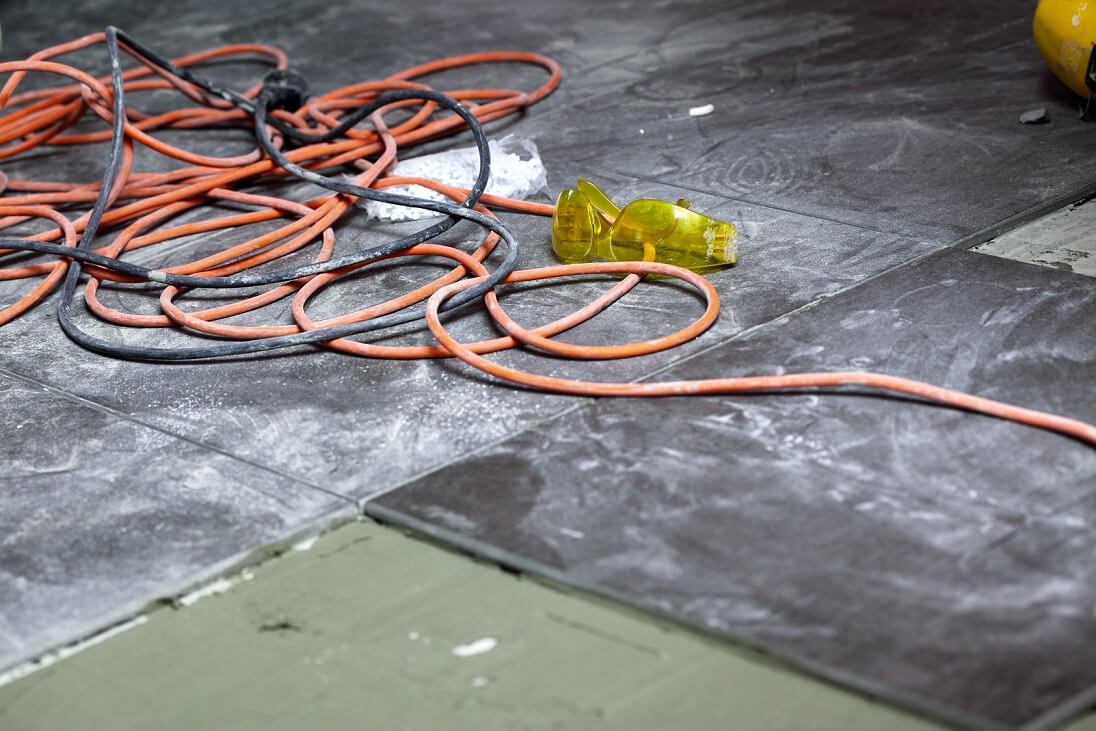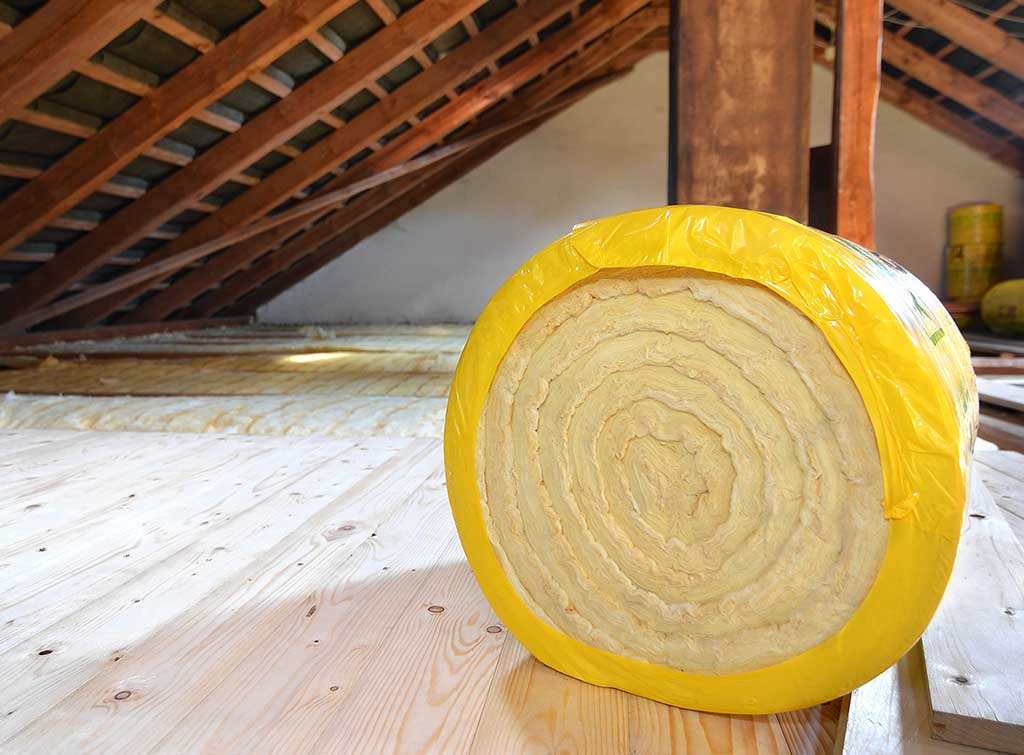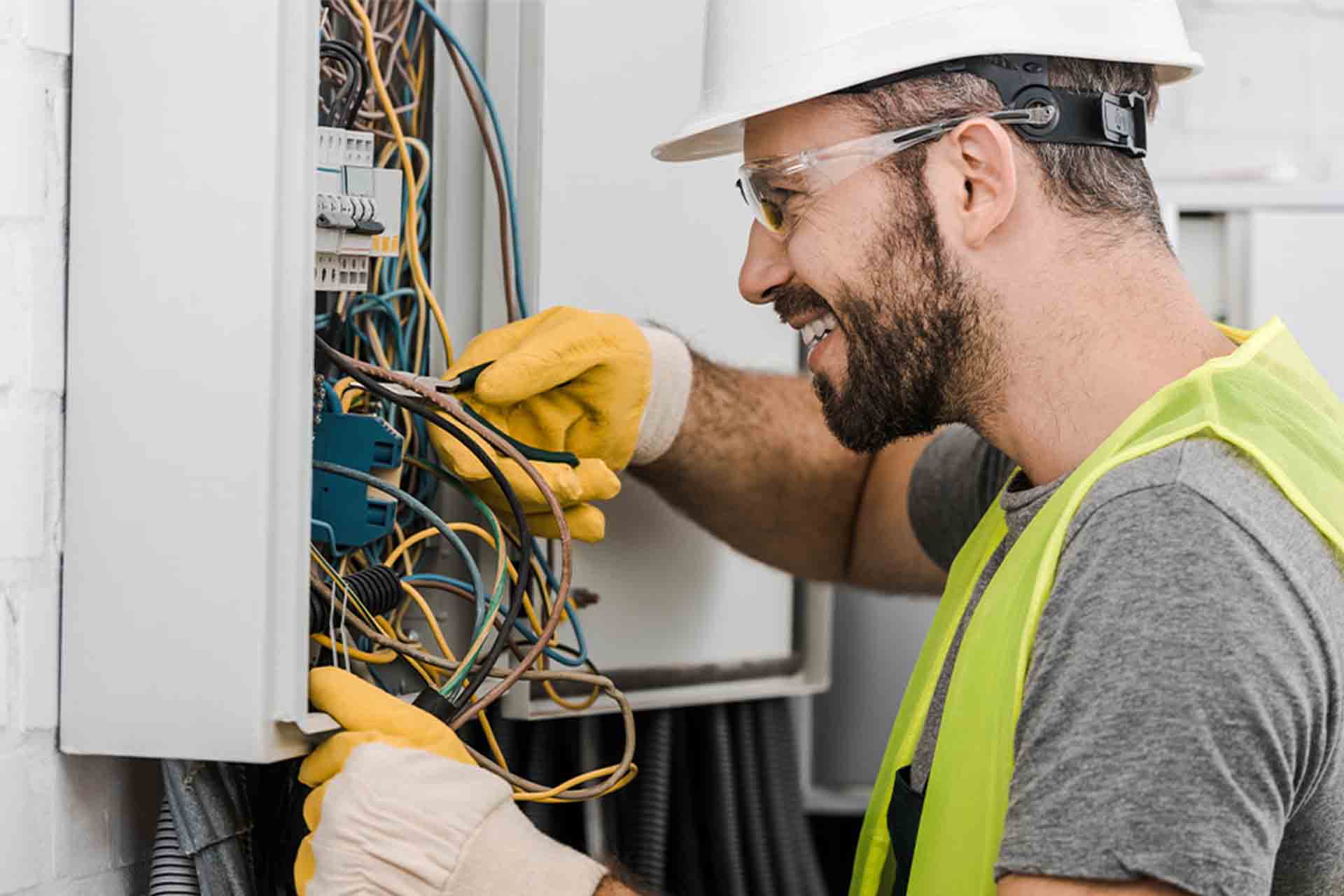Blog>Planning Guides>Planning for a rewire: Everything you need to know
Last updated: 12 July 2024
Planning for a rewire: Everything you need to know
Take the stress out of planning for a rewire with our expert advice and top tips. Keep reading to find out more…
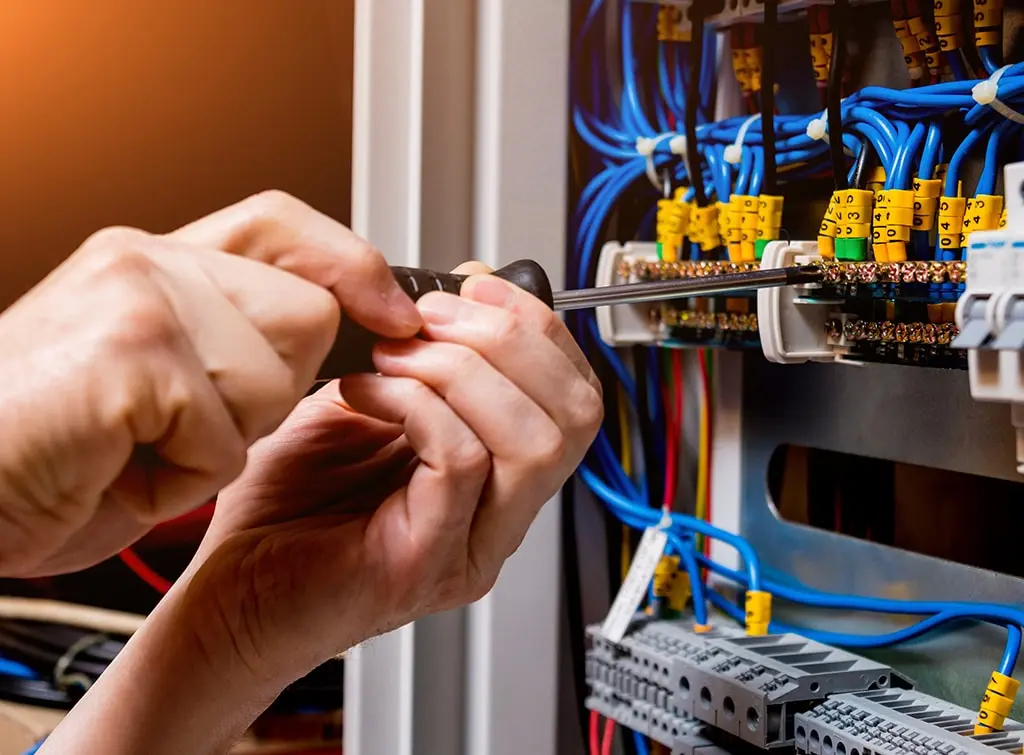
If you’re planning for a rewire, it pays to plan ahead. So, we’ve put together this guide to help you understand what to expect and how to prepare. Whether you’re buying a new property or upgrading your existing home, this guide is for you.
Does my property need a rewire?
Often we use the electrics in our homes without thinking about it. And it’s easy to take your electrical system for granted.
But it’s important to pay attention to any signs of issues with the wiring.
Ten signs you need to start planning for a rewire
Here are some of the tell-tale signs that might mean your property needs rewiring:
Your circuit breaker keeps tripping – If your circuit breaker is regularly tripping, it could mean you have an overloaded system or faulty wiring
You notice flickering lights – If your home’s lighting resembles the flickering lights of a classic horror movie, you may have an issue with your wiring
You smell burning – This is a serious hazard so, if you smell burning (particularly around sockets or switches), turn off your power and call an electrician immediately
Appliances cause sparks or electric shocks – This is a clear sign that there could be an issue with your wiring
You hear buzzing or crackling – Any unusual noises coming from the sockets or switches in your home can be a sign of faulty wiring
You can see signs of burning – Burnt or discoloured sockets or switches are often a sign of overheating caused by wiring problems
There’s a lack of sockets – Are you relying on extension leads and multi-plug adapters? If so, your home’s wiring isn’t meeting your needs
Sockets are visibly worn – Broken or cracked sockets can be a sign of a worn-out wiring system that needs updating
An EICR has told you so – The whole point of an EICR is to review the state of your property’s electrics, so the results will tell you if you need to rewire your home
The wiring hasn’t been touched in 20+ years – If you have old wiring, chances are it needs to be updated to meet current standards and regulations
Hire a professional electrician to rewire your home
When dealing with electrics, it’s important to hire a qualified electrician for the job.
By hiring an experienced local professional, you’ll have peace of mind that all the electrical work will meet current wiring regulations.
Browse a list of approved electricians near you by entering your postcode in the bow below.
See the tradespeople we've checked and recommend for your job
What’s involved in rewiring a house?
If you’re planning on rewiring your home, it’s important to understand what the job involves.
Here’s a summary of what you can expect from a rewire:
A qualified electrician will carry out the initial inspection to identify what needs replacing
You'll discuss the electrical needs for your home so the electrician knows where you want sockets, switches, lighting, etc
Old wiring is removed from your property, which may involve lifting floorboards and cutting into walls
New wiring is installed throughout the property for sockets, lighting, and any fixed appliances, ensuring that it all meets current safety standards
Your fuse box will get an upgrade as it will need to handle the new wiring and be protected by modern circuit breakers
Your electrician will carry out thorough testing to ensure that your new system is safe and working as it should
Finishing touches can now be made, such as repairing damaged walls, floors, or ceilings and fitting sockets and switches
You'll receive an Electrical Installation Certificate (EIC) confirming that all the electrical work meets current safety standards
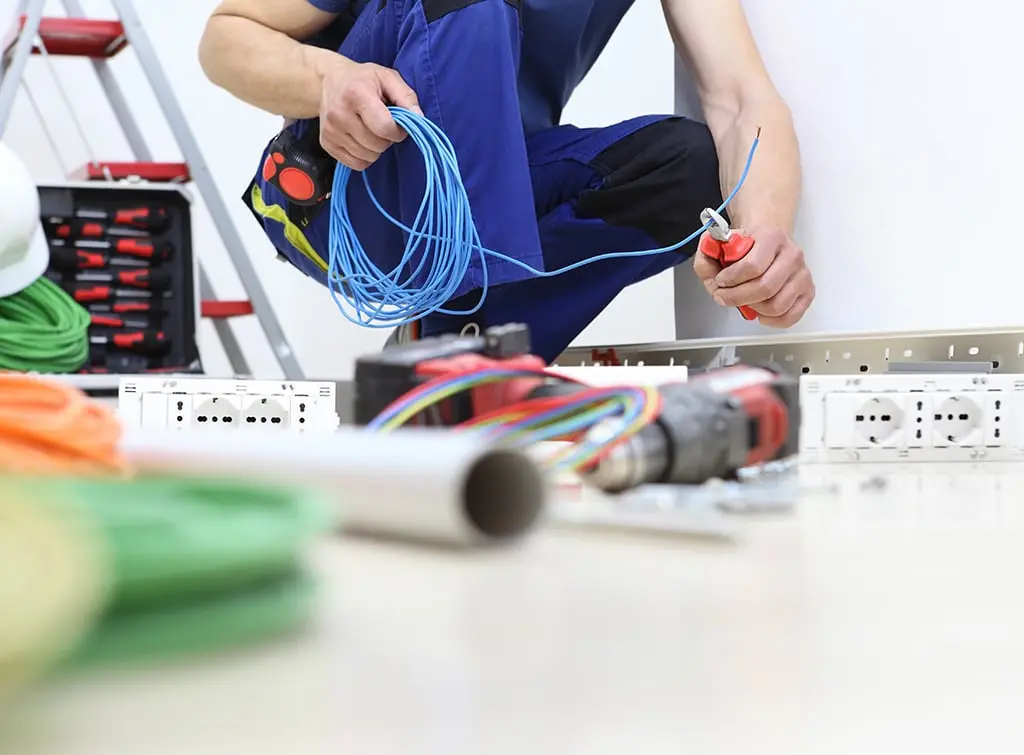
First fix vs second fix
The process of rewiring a property is typically split into two phases: 'first fix' and 'second fix'.
The main difference is that the first fix is about putting the new electrical infrastructure in place. Whereas the second fix involves finishing up and making the new system live and operational.
Here’s a quick rundown of both phases, so you know what happens and when.
First fix
Generally speaking, this phase involves the structural work, including:
Removing the old wiring
Installing all the electrical cables and wiring within the walls, floors, and ceilings
Positioning sockets, light fittings, and other electrical outlets
Installing back boxes that will house sockets, switches, and other electrical fixtures
Any replastering and repair works are then carried out before the second fix begins
Second fix
The second stage of a rewire will see the finishing touches to make the electrical system fully operational:
All fixtures are connected to the wiring that was installed during the first fix
Testing and final checks to verify the safety and functionality of the entire electrical system
Getting an Electrical Installation Condition Report (EICR)
An EICR assesses the safety and condition of electrical installations to ensure they meet current regulations and are safe to use.
During the assessment, a qualified electrician will review and test all the wiring, sockets, switches, and other fixed electrical components.
They’ll be looking out for any signs of wear and tear, damage, or outdated electrics.
The results of an EICR will include recommendations in categories based on the severity of any issues found:
C1: Major danger present needing immediate action
C2: Potential danger that requires urgent action
C3: An improvement is recommended but isn’t urgent
FI: Further investigation is needed without delay
An EICR is a legal requirement for landlords and needs to be carried out every five years or when there’s a change of tenancy.
There’s no legal obligation for homeowners, but experts recommend carrying out an EICR every ten years or when buying/selling a property.
How much does an electrical safety check cost in [year]?
From electrical safety checks to electrical installation condition reports, these test can help keep your loved ones safe and secure. Find out the full costs.
How much does rewiring cost?
When planning for a rewire, having a realistic budget in mind is key. And the average cost of rewiring will depend on the size of your property, among other factors.
As a rough guide, here are some average costs of rewiring in the UK:
1-bed flat – £3,900
2-bed flat – £4,800
3-bed house – £6,225
4-bed house – £7,730
5-bed house – £10,000
Labour costs for rewiring
To help you budget for the labour costs of a rewire, you can expect to pay the following rates:
Electrician – £320 per day
Carpet fitter – £240 per day
Labourer – £175 per day
To find out more about rewiring, check out our guide on the costs of rewiring a house.
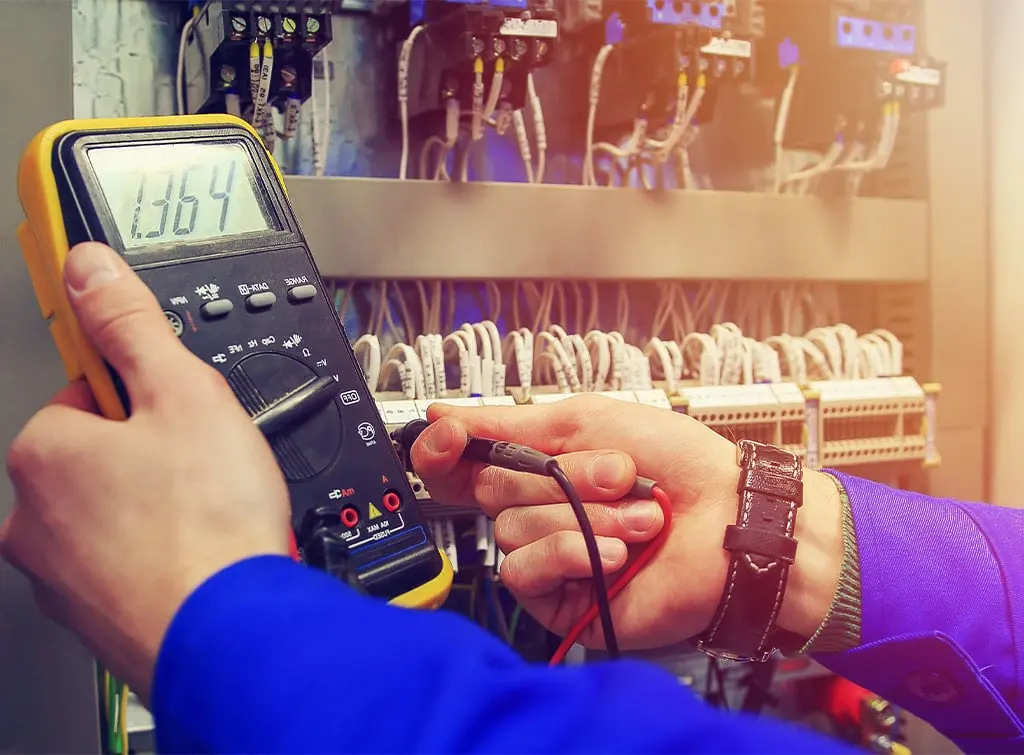
Top tips for preparing for a rewire
As with any home improvement project, planning is everything. To help you prepare, here are our top tips for planning a rewire:
Set a realistic budget – Do your homework on the costs of rewiring your home and include a bit extra for unexpected costs
Know what you need – Make sure you and your electrician know exactly what changes and updates you need before starting, so you can avoid unexpected costs
Research local tradespeople – To find the best electricians remember to get multiple quotes, read their reviews, and ask for references
Declutter your home – Avoid damage to your belongings by moving furniture and clearing out the relevant areas of your home
Protect your belongings – Rewiring can be messy and cause a lot of dust so cover your belongings to protect them
Consider moving out temporarily – A major rewire can be very disruptive so you might want to make alternative living arrangements while the work is happening
Keep calm and stay flexible – Even with thorough planning, home improvement projects often involve unexpected delays or issues, so keep a flexible mindset
Find the best electricians near you
When it comes to finding the best rewiring experts in your area, we’re here to help.
We’ve put together our top tips in our dedicated guide on how to find the best electrician near you.
Ready to get going? Enter your postcode in the box below to browse the list of top-rated electricians in your area.
See the tradespeople we've checked and recommend for your job
More Planning Guides
See the tradespeople we've checked and recommend for your job
